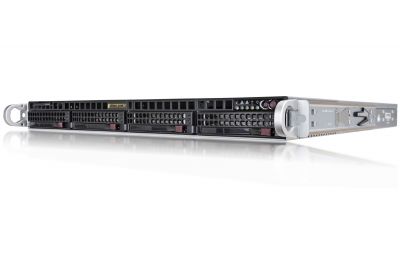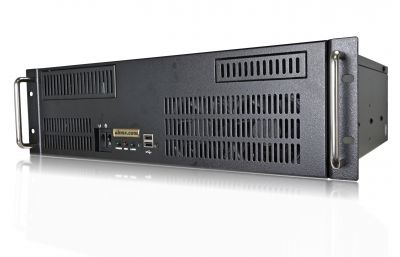Most people expect hot swap to work one way and find it functioning in a completely different way. For instance, yes, it is possible to hot swap a single driver. However, when that single drive contains the OS for the server it will not function properly when removed. This is an important point to make about hot swap hard drives: The OS and hardware on the system all must support hot swap to function correctly.
Many motherboards have drivers for hot swapping hard drives. In windows systems, for instance, it is possible to have a drive show up much like a USB device with the proper system drivers installed. In some cases a drive may not be hot swap supported by the OS but can be by the motherboard. This case is what is called a “warm swappable” drive as it requires a reboot but the act of pulling out the drive won’t crash the system at the hardware level.
The best way to use hot swap is with a system which has a compatible RAID controller card. While some controllers do not support hot swap, many do offer full support. In case of a drive failure, a system with a hot swap capable RAID controller can seamlessly integrate new drives for a rebuild on the fly. Easy hot swap with RAID controllers is particularly useful for doing drive backups. At the cost of a bit of performance, daily backups are quite easy to perform with a hot swap setup.
Linux uses a software RAID which (in most cases) supports hot swapping drives. However, some precautions must be taken to avoid later headaches. Grub, despite the OS being installed to a RAID device, is usually only put on one drive. This presents a problem when the drive containing GRUB goes South. Consequently, hot swap is supported by many Linux OS distributions but some extra steps with Grub after the installation need to be taken to ensure that your system will survive a drive swap.





